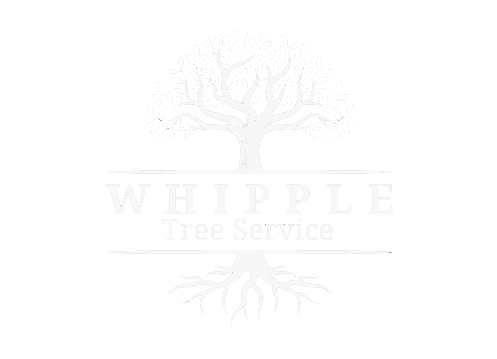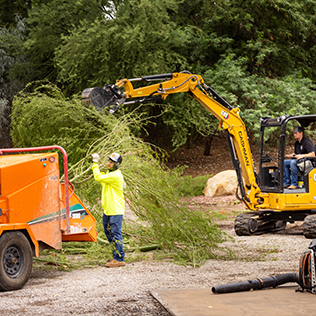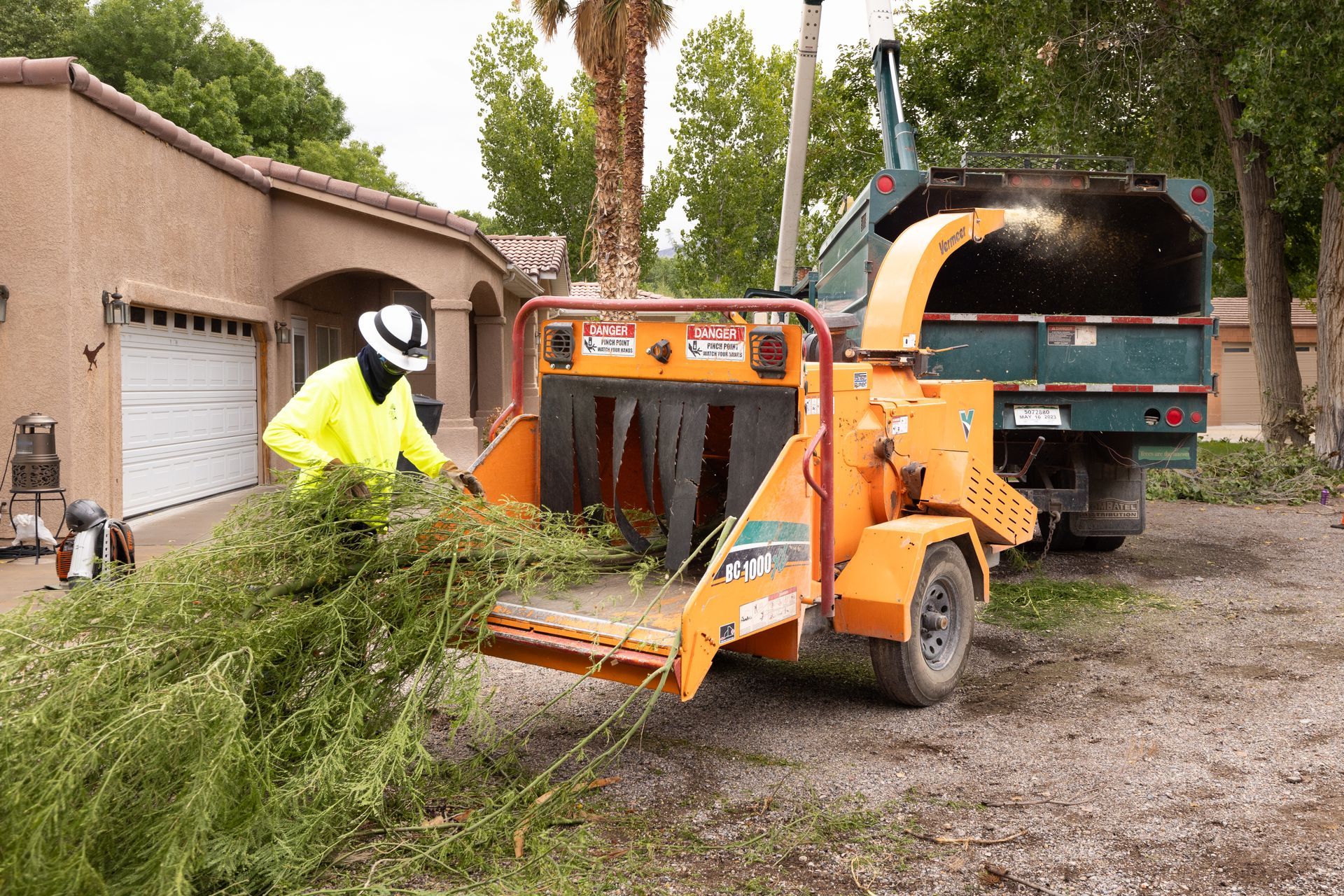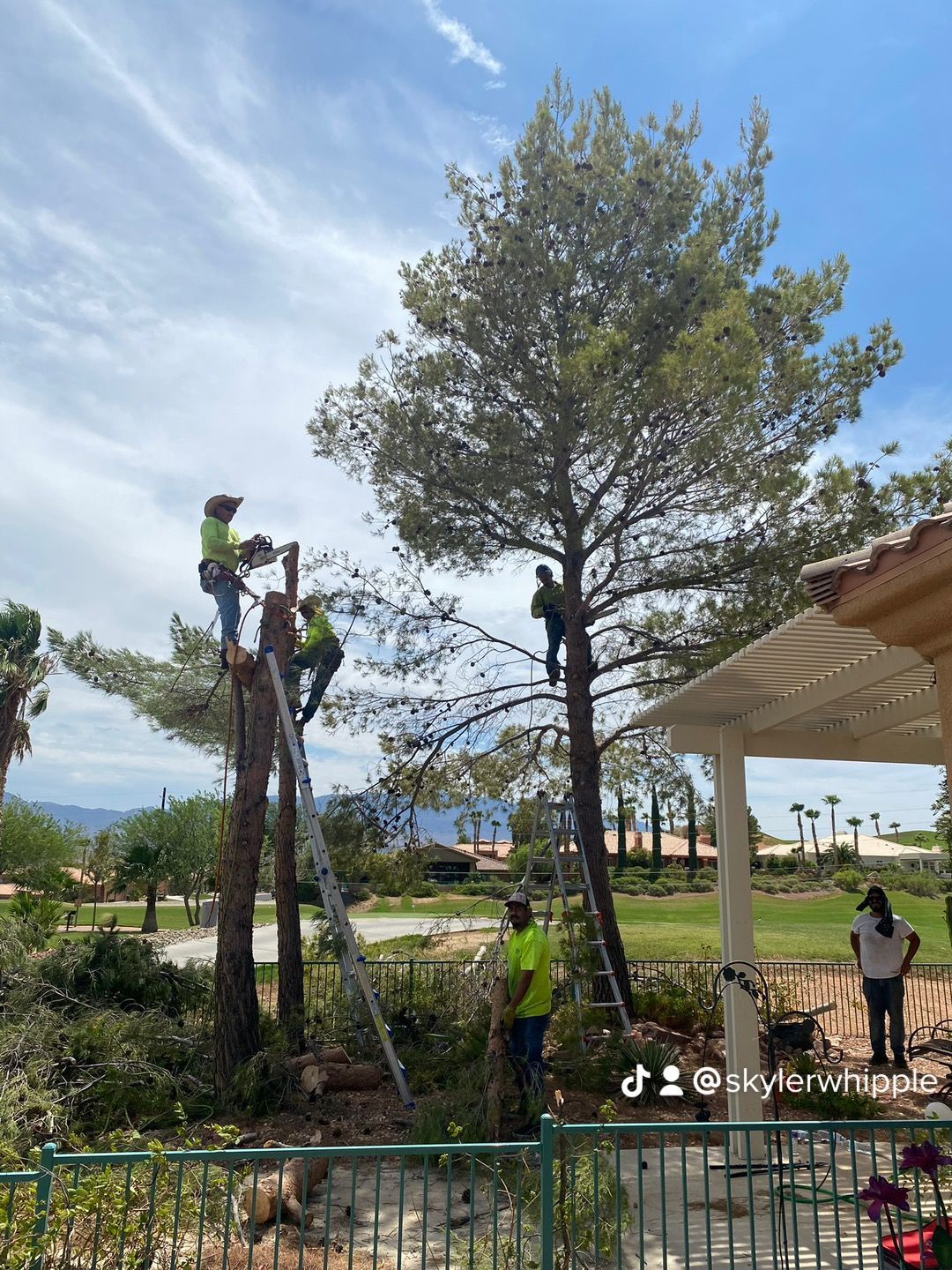The Crucial Role of Emergency Tree Services
Rapid Response: The Crucial Role of Emergency Tree Services
Trees, the silent guardians of our landscapes, stand tall and majestic until unforeseen circumstances strike. Storms, strong winds, or other emergencies can wreak havoc on trees, posing threats to property and safety. In such critical moments, emergency tree services emerge as the unsung heroes, ready to respond swiftly to restore safety and order. This comprehensive guide delves into the vital role of emergency tree services, exploring their importance, the services they provide, and the benefits of prompt intervention during tree-related emergencies.
The Importance of Emergency Tree Services:
Safety First:
One of the primary reasons emergency tree services are indispensable is the immediate threat trees can pose during and after severe weather events. Fallen branches or uprooted trees can jeopardize safety, potentially causing injuries or damage to property.
Property Protection:
Timely response to tree emergencies is crucial for protecting homes, vehicles, and other structures. Emergency tree services mitigate potential damage by swiftly removing fallen trees or limbs and implementing preventive measures to secure vulnerable trees.
Restoration of Normalcy:
After a storm or emergency, the landscape may be marred by fallen trees and debris. Emergency tree services play a key role in restoring normalcy by clearing obstructed roads, driveways, and walkways. This quick response is essential for communities to recover promptly.
Expert Assessment:
Emergency tree services often include skilled arborists who can assess the condition of damaged trees. Their expertise helps determine whether a tree can be salvaged or if removal is the safest option. This assessment is crucial for preventing future hazards.
Services Provided by Emergency Tree Services:
Tree Removal:
When a tree poses an imminent threat or is irreparably damaged, emergency tree services specialize in safe and efficient tree removal. This involves strategically cutting and removing the tree, ensuring minimal impact on the surrounding area.
Tree Pruning and Trimming:
Emergency services also offer pruning and trimming to eliminate hazardous branches or limbs. This preventive measure helps reduce the risk of future tree-related emergencies and promotes the overall health of the tree.
Stump Removal:
After a tree is removed, the stump left behind can be a safety hazard and an eyesore. Emergency tree services often provide stump removal services, eliminating tripping hazards and allowing for the use of the space.
Debris Cleanup:
Fallen trees and branches can create a significant mess in their wake. Emergency tree services efficiently clean up debris, ensuring that roads, driveways, and yards are clear and safe for use.
Emergency Support for Damaged Trees:
In some cases, a damaged tree can be stabilized and salvaged with emergency support systems. Cables, braces, or other structural supports may be employed to reduce the risk of further damage or collapse.
Benefits of Prompt Intervention:
Mitigating Further Damage:
Acting promptly in the aftermath of a storm or emergency helps prevent further damage to trees and property. Timely removal of damaged trees or limbs reduces the risk of secondary issues such as disease spread or insect infestations.
Ensuring Safety:
The swifter the response, the sooner potential safety hazards are eliminated. Emergency tree services prioritize safety, protecting residents, pedestrians, and neighboring properties from the dangers posed by damaged or fallen trees.
Preserving Landscape Aesthetics:
Rapid response to tree emergencies helps preserve the overall aesthetics of a landscape. By efficiently removing fallen trees and debris, emergency tree services contribute to the visual appeal of neighborhoods and properties.
Preventing Long-Term Damage:
Delayed intervention in tree emergencies can lead to long-term damage. Injured or leaning trees may continue to degrade, posing ongoing risks. Prompt removal or stabilization helps prevent these issues and promotes a healthier urban canopy.
Insurance Claim Assistance:
Emergency tree services often work closely with insurance providers, providing documentation and assessments that can aid in the insurance claims process. This collaboration streamlines the restoration process for homeowners.
Choosing the Right Emergency Tree Service:
24/7 Availability:
Emergencies don't adhere to a 9-to-5 schedule. A reliable emergency tree service should offer 24/7 availability, ensuring that assistance is just a phone call away, regardless of the time or day.
Certified Arborists:
Look for emergency tree services staffed by certified arborists. These professionals possess the expertise to assess the health of trees, identify potential hazards, and recommend appropriate courses of action.
Proximity and Local Knowledge:
Localized emergency tree services are often the most effective, as they are familiar with the specific challenges posed by the region's flora and weather conditions. Proximity ensures a faster response time.
Well-Equipped and Insured:
A reputable emergency tree service should be well-equipped with the necessary tools and machinery to handle a variety of tree-related emergencies. Additionally, they should carry proper insurance to cover any unforeseen incidents during the service.
Positive References:
Seek references or read reviews from previous clients. Positive testimonials are indicative of a reliable and trustworthy emergency tree service.
Conclusion:
In the aftermath of a storm or tree-related emergency, the swift and effective response of emergency tree services becomes a beacon of hope and restoration. These services not only remove immediate threats but also contribute to the overall safety, aesthetics, and resilience of communities. The collaboration between certified arborists, skilled professionals, and local residents ensures that the landscape, once marred by fallen trees, can thrive again.
As we recognize the vital role of emergency tree services, let us appreciate the dedication of these unsung heroes who, with their expertise and swift actions, contribute to the recovery and rejuvenation of our urban and suburban landscapes.



